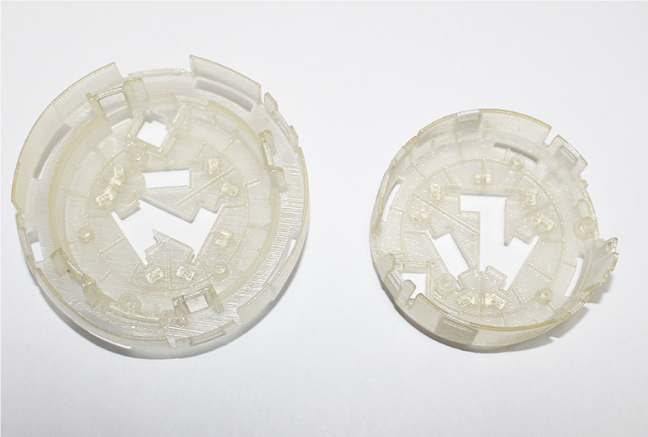With advancing technology and decreasing costs, the application of 3D printing technology in automotive manufacturing is rapidly expanding. Recent studies show that an increasing number of automotive manufacturers and suppliers are adopting 3D printing to produce high-performance vehicle components, significantly reducing production costs and accelerating product development cycles.

In traditional manufacturing processes, producing automotive parts often requires extensive molds, tools, and complex machining processes. In contrast, 3D printing technology converts digital designs directly into physical parts, eliminating many of the tedious steps involved in traditional manufacturing. This not only improves production efficiency but also provides greater creative freedom for designers.
For instance, some automakers have started using metal 3D printing technology to manufacture high-temperature and high-pressure components in engines and transmission systems, which typically require heat resistance and strength. Compared to traditional casting processes, metal 3D printing allows for more precise control over material distribution and enables the creation of complex internal structures and lightweight parts in a single manufacturing step, thereby enhancing vehicle fuel efficiency and performance.
Furthermore, 3D printing technology brings environmental benefits to the automotive manufacturing industry by reducing waste and energy consumption. This helps lower overall carbon emissions, aligning with modern societal demands and expectations for sustainable development.
With the continuous maturity of 3D printing technology and the expansion of its application scenarios, it is expected that more automotive manufacturers will adopt this technology, driving the entire industry towards greater efficiency, flexibility, and sustainability.

